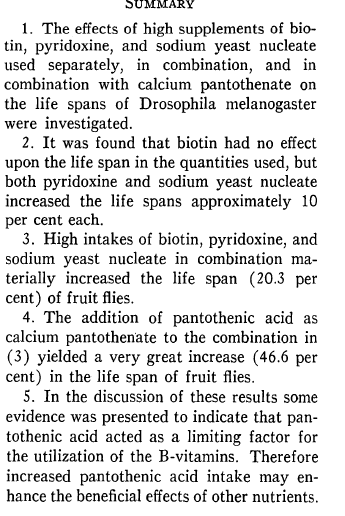Long time members of this forum have seen me go on about HDAC inhibition and I have been asked to write a post to explain what this is about. I think it is probably best to do something with a bit of detail. I may not get everything right, but if anything is wrong please tell me and I will set out to edit this OP.
The Genome is the entirety of the DNA in cells. In short what happens is that DNA is transcribed into messenger RNA (Ribonucleic Acid) - mRNA. The mRNA then goes to the Ribosome and proteins are created from it through a process called translation.
I have a hypothesis that a large part of the difficulties that result from Aging (age based diseases) arises from failures with these two processes.
When everything is working properly the DNA is wrapped around a structure called the Histone. This is a mixture of a number of proteins and about 146 base pairs of DNA are wrapped around each set of histone proteins.
There is arguably an evoluntionary advantage to this as a structure as it means that the DNA is to some extent protected from harm by being held in a relatively compact structure. Hence wandering reactive molecules may not get to the DNA as readily.
However, because of this wrapping up of the DNA, there are difficulties creating mRNA from the DNA.
The main enzyme that is used to transcribe DNA into mRNA is called RNA Polymerase II (aka RNAPII, RNA pol II).
This reacts with the DNA to produce mRNA (not as a precise copy, but as a copy with the same meanings, uracil being used instead of thymine).
However, the DNA is wrapped tightly around the histone. This makes transcription difficult (it may be impossible, I don’t know).
There are various changes that can be made to the histone. One of the most common is for it to be acetylated. An acetyl group is added to one of the lysines neutralising the positive charge so the negative DNA drifts away from the histone.
In essence, therefore, the acetylation of the histone enables the opening up of DNA so that RNA Pol II can transcribe it.
RNA Pol II is in fact a complex of enzymes and it drags along with it a Histone Acetyl Transferase. This processes the histone and uses a substrate of acetyl-CoA and it adds the acetyl group to one of the lysines on the histone.
This only happens on each set of the histones so for about every 146 base pairs a molecule of acetyl-CoA is needed for the DNA to be transcribed. This is a useful energy control as at a cellular level the concentration of acetyl-CoA in the cytosol indicates the energy availability to make proteins.
Once the DNA has been transcribed then there is a Histone Deacetylase (HDAC) enzyme which can close down the DNA again so it is safer from damage.
There are HDAC inhibitors (there are lots of these) and they react with the HDACs to prevent some of them from closing down the histone.
There is at this point quite a bit that is not entirely clear. It is clear that RNA Pol II stalls from time to time. I think that is from a shortage of acetyl-CoA.
It is also clear that when there is a shortage of acetyl-CoA, RNA Pol II can terminate before finishing off the gene. That is called a splice. Some splices are welcomed by the cells, but other splices (called aberrant splices) can cause negative consequences (such as growth of the prostate).
We also know that at times methyl groups are added to the DNA (not the histone, but the DNA) and that this can discourage transcription.
We know that HDAC inhibitors affect transcription.
Hence I have a thought experiment. If you have RNA Pol II stuck at a particular histone because of a shortage of acetyl-CoA and then a HDAC comes around and deacetylates the histone. What happens? Is that the event which creates the alternative splice?
We know that HDAC inhibition can be helpful. This can be seen by the way in which the queen bee is quite different to a worker bee although their DNA is the same. The Worker Bee is allowed about 3 days of Royal Jelly whereas the Queen eats RJ all her life. One of the main ingredients in RJ is an HDAC inhibitor called (E)-10-hydroxy-2-decenoic acid (10HDA) which is about 5% of RJ.
The Queen lives a lot longer than worker bees as well.
Hence if one of the problems of aging is the failure to produce particularly the longer proteins then HDAC inhibition (a small amount of it, a large amount can cause ATP depletion) is something which would act to improve the situation.
This does seem to fit with the observed facts.
I think there are energy issues with translation, but that is a separate issue.
